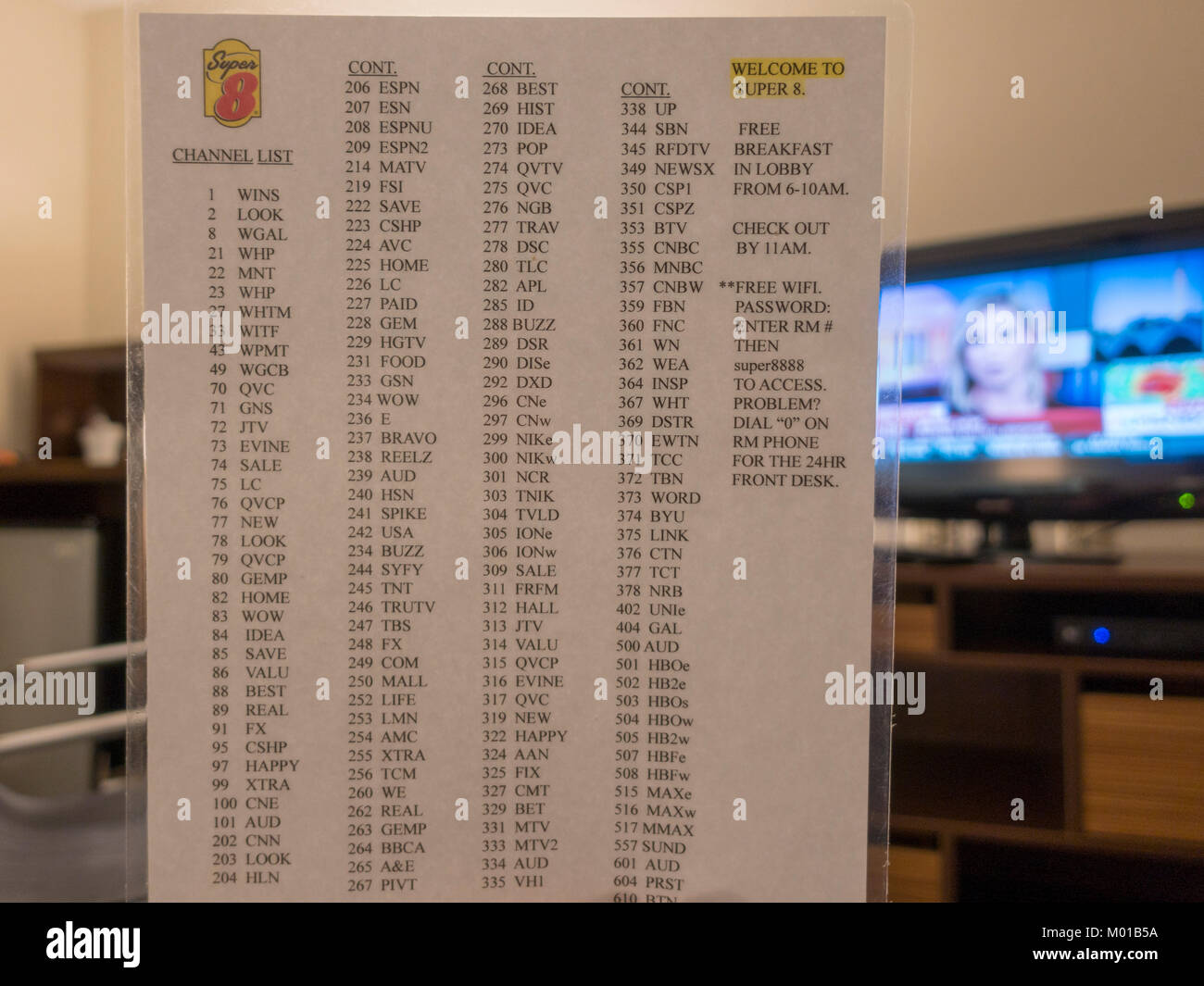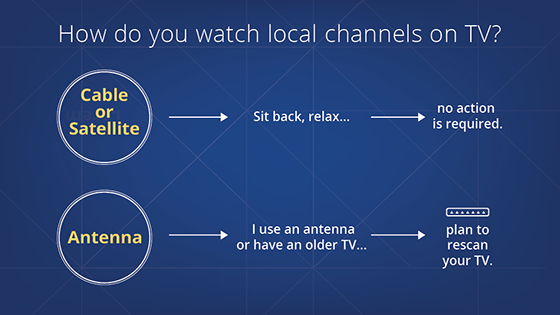Indicators on Apollo Group Tv You Should Know
Indicators on Apollo Group Tv You Should Know
Blog Article
Unknown Facts About Apollo Group Tv
Table of ContentsWhat Does Apollo Group Tv Mean?The Best Guide To Apollo Group TvA Biased View of Apollo Group TvThe Basic Principles Of Apollo Group Tv
In this scenario, instead of having three-minute commercial spots throughout a 30-minute television program, TV programming might transform to one where a consumer will certainly be required to have a monthly subscription, to ensure that they cen view targeted banner ads. This kind of advertising already occurs on the web, and the amount of data tv firms accumulate permits them to do a lot the very same.Explain the significant fads amongst the broadcasting and cable television networks. Popular radio reveals such as cops dramatization Dragnet and western cowboy series Gunsmoke were adapted for tv, and new Television programs were sponsored by solitary marketers, just as radio programs had been.
Today, the tv market is even more complicated. Programs are funded by several advertisers; shows is regulated by significant media conglomerates; and the 3 significant networks no more control the airwaves yet instead share their viewers with various cord networks. Several elements account for these trends within the sector, consisting of technical advancements, government regulations, and the creation of brand-new networks.

See This Report on Apollo Group Tv
Also public tv has become based on the impact of advertising. Established in 1969, (PBS) developed out of a report by the Carnegie Compensation on Educational Tv, which checked out the role of instructional, noncommercial tv on society. The record advised that the government financing public television in order to supply diversity of programs during the network eraa service developed "not to offer products" however to "improve citizenship and civil service (McCauley, 2003)." Public television was also planned to offer global access to tv for audiences in backwoods or visitors who might not pay for to pay for personal television services.
The period in between 1950 and 1970 is traditionally acknowledged as the. Besides a small part of airtime regulated by public television, the three major networks (called the Big 3) dominated the television market, jointly representing even more than 95 percent of prime-time viewing. In 1986, Rupert Murdoch, the head of international company News Corp, launched the Fox network, challenging the prominence of the Big 3.
Targeting young and minority target markets with programs such as Buffy the Vampire Killer, Moesha, Dawson's Creek, and The Wayans Bros., the brand-new networks intended to draw stations away from their old network affiliations. Instead than duplicating the success of Fox, UPN and WB had a hard time to make an impact. Not able to bring in several associate stations, the 2 new networks got to less households than their bigger opponents due to the fact that they were inaccessible in some smaller sized cities.
This choice led the means for the growth of wire film channels, contributing to the exponential growth of wire in the 1980s and 1990s. apollo tv group. More deregulation of cord in the 1984 Cable Television Communications Policy Act removed restrictions on cable prices, making it possible for drivers to bill what they wanted for cable services as long as there worked competition to the service (a criterion that over 90 percent of all cord markets can fulfill)
Apollo Group Tv for Dummies

Having developed the initial "superstation," Turner expanded his world by starting 24-hour news network CNN in 1980. At the end of the year, 28 national programming services were readily available, and the cable television transformation had actually started. Over the following decade, the industry went through a period of fast development and popularity, and by 1994 audiences might select from 94 standard and 20 costs cable television solutions.
Figure Continue 9 - https://www.provenexpert.com/apollo-group-tv5/.16 Increased competition from cable networks has actually triggered a steady decline in the networks' audience scores. Throughout the 1950s, the expense of generating a single television show increased as shows became longer and production prices skyrocketed. Sponsorship on network television shifted from single sponsorship, in which a program was completely sustained and generated by one advertiser, to several sponsorship, in which marketers acquired 1- or 2-minute spots on the program
Each response must be a minimum of one paragraph. Choose one of the Big Four networks and publish out its once a week shows timetable. Watch the network's prime-time programs over the program of a week, noting the target market for each and every show. Observe the advertising and marketing sponsors that support each show and compare how the products and services fit with the designated target market.
All about Apollo Group Tv

Straight Television, typically referred to as traditional broadcast TV, includes cable television and satellite television., believe of it as the traditional method of enjoying TV that has been around for decades.
Report this page